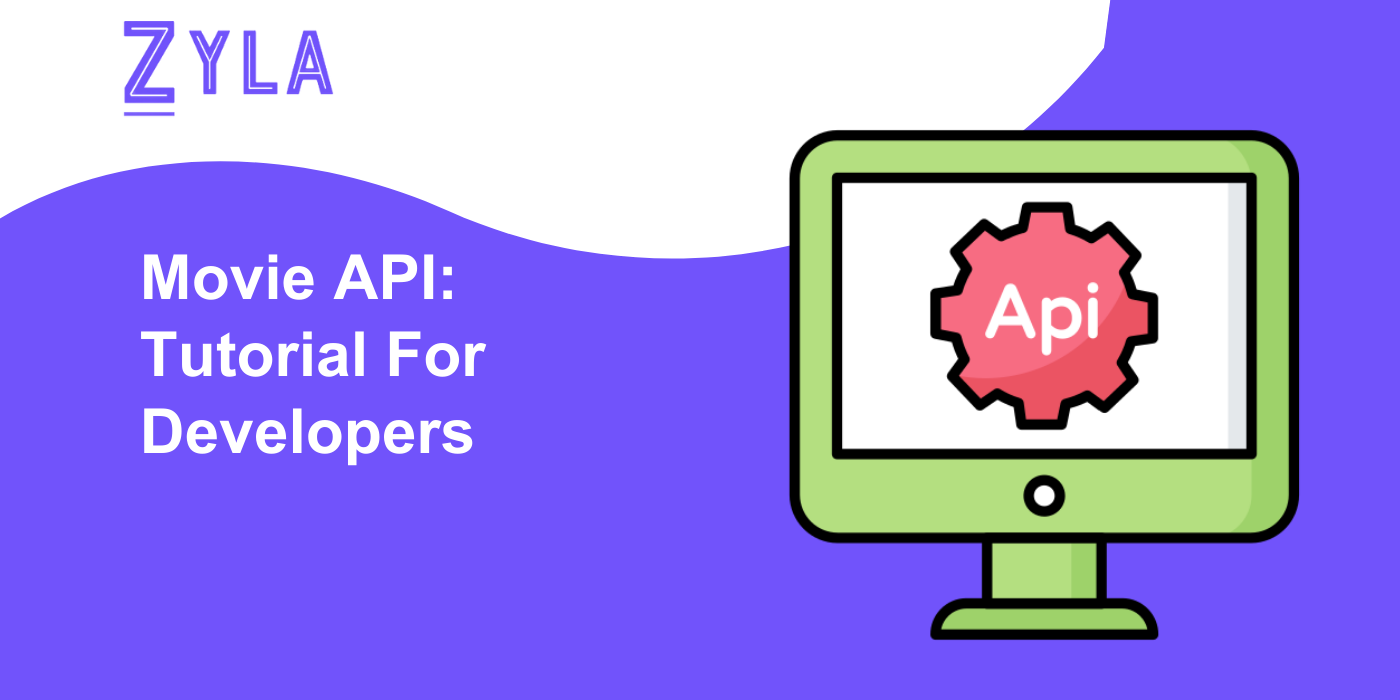Movie API: Tutorial For Developers

Movies have always been a popular form of entertainment, captivating audiences with compelling stories and engaging visuals. As a developer, integrating a Movie API into your projects can offer access to a vast database of movie-related information, enabling you to create innovative applications that cater to movie enthusiasts. In this tutorial, we will provide a detailed guide for developers on how to utilize the Movie API effectively in their projects, exploring various functionalities and features that can enhance the user experience.
Getting Started with the Movie API
Before diving into the integration of the Movie API into your project, it's essential to understand the basics of working with APIs and how they can benefit your application. Here are some key steps to get started with the Movie API:
1. API Key Registration
The first step in using the Movie API is to register for an API key on the provider's website. An API key is a unique identifier that allows you to access the API's functionalities and retrieve movie-related data. Make sure to follow the registration process and obtain your API key to authenticate your requests.
2. API Documentation
Familiarize yourself with the API documentation provided by the Movie API provider. The documentation contains essential information about the API endpoints, request parameters, response formats, and authentication methods. Understanding the API documentation is crucial for effectively integrating the Movie API into your project.
3. Testing API Endpoints
Before integrating the Movie API into your application, it's recommended to test the API endpoints using tools like Postman or cURL. Send sample requests to the API endpoints with your API key to ensure that you can retrieve movie data successfully. Testing the API endpoints helps verify the functionality and responsiveness of the Movie API.
Exploring Movie API Functionalities
The Movie API offers a wide range of functionalities that developers can leverage to enhance their applications and provide users with valuable movie-related information. Here are some key functionalities of the Movie API:
1. Search Movies
One of the primary functionalities of the Movie API is the ability to search for movies based on various criteria such as title, genre, release year, or cast members. Developers can implement search features in their applications to allow users to discover movies that match their preferences and interests.
2. Retrieve Movie Details
Developers can retrieve detailed information about specific movies using the Movie API, including plot summaries, ratings, reviews, cast and crew details, and related recommendations. By accessing movie details through the API, developers can display comprehensive movie profiles in their applications for users to explore.
3. Get Movie Recommendations
The Movie API can provide personalized movie recommendations based on user preferences, viewing history, or trending movies. Developers can implement recommendation features in their applications to suggest relevant movies to users and enhance their movie-watching experience.
4. Access Box Office Data
Developers can utilize the Movie API to access real-time box office data, including current top-grossing movies, ticket sales, and performance metrics. By integrating box office data into their applications, developers can keep users informed about popular movies and industry trends.
Integrating Movie API Into Your Project
Once you have familiarized yourself with the Movie API functionalities and tested the API endpoints, you can proceed with integrating the API into your project. Here are some key steps to follow when integrating the Movie API:
1. API Integration
Use the API key obtained during registration to authenticate your requests to the Movie API. Make API calls to the relevant endpoints to retrieve movie data and handle the responses in your application code.
2. Display Movie Information
Parse the movie data retrieved from the API responses and display relevant information such as movie titles, posters, ratings, and descriptions in your application's user interface. Ensure that the movie details are presented in a user-friendly and visually appealing manner for optimal user experience.
3. Implement Search and Recommendation Features
Integrate search functionalities to allow users to search for movies based on specific criteria. Implement recommendation features to suggest relevant movies to users based on their preferences and viewing history, enhancing their movie discovery experience.
4. Update Movie Data
Regularly update your application's movie data by making periodic requests to the Movie API to fetch the latest movie releases, ratings, and reviews. Keeping the movie information up to date ensures that users have access to current and relevant movie data.
Conclusion
In conclusion, integrating the Movie API into your projects can provide valuable movie-related data and functionalities that enhance the user experience and cater to movie enthusiasts. By following the steps outlined in this tutorial, developers can effectively utilize the Movie API to search for movies, retrieve detailed movie information, get personalized recommendations, and access box office data. By integrating these functionalities into their applications, developers can create engaging and informative platforms that offer users a comprehensive movie-watching experience. Explore the capabilities of the Movie API and leverage its functionalities to develop innovative applications that resonate with movie lovers and enthusiasts.






